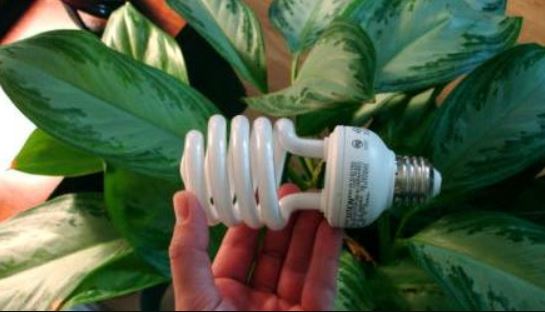
When we want to grow our plants indoors we should always make sure that they get the right temperature in order to grow. Halogen light for plants will help our plants, vegetables, and herbs grow indoors. It is the right type of light that we can have indoors.
Below we are going to give you tips about the different types of light that you can have indoors when you’re growing your plants. Apart from that we will also give you advice about the way that you can use halogen light for plants and the right temperature that halogen can reach.
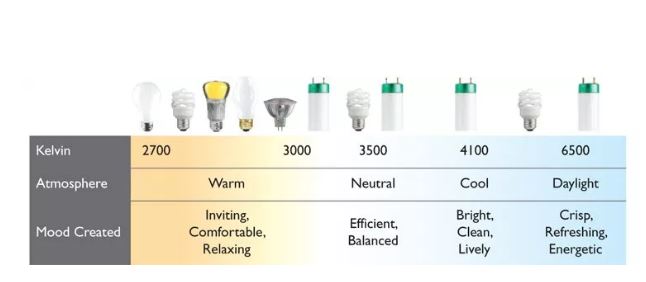
Different Types of Halogen Light For Plants
There are different types of lights that can have different prices. You can find lamps for $5 and the prices can vary and be quite high. Below we are going to give you a detailed guide with the types of lights that you can use for your plants.
Incandescent Light
Incandescent light bulbs are the ones that don’t cost a lot of money in order to buy. They cost $5 each and they are 150 watts. You can find the specific bulb everywhere, in nurseries and in hardware stores too.
If you are going to use it for a small plant it will work and it’ll help it grow. If you are planning to use it with more plants then you might not get the result that you want. It doesn’t produce the right wavelengths that the plant requires in order to grow.
Fluorescent Light
With the fluorescent light, you can grow plants such as vegetables and herbs that you keep indoors. There are 2 types of this lamp, the tubes, and the compact fluorescent light. The fluorescent tubes are thin which makes them fit in small spaces. They last longer than the incandescent bulbs and they have varieties in intensity.
The only drawback is that you will need ballast in order to regulate the current and a stand which will make it a bit more expensive. The brightness isn’t very high that is why it is ideal for herbs.
The compact fluorescent light or else CLF is more efficient than the simple ones. The particular one can be used with all the types of plants. You can place this light quite close to the plant without anything happening to it. What is important about this lamp is that it produces big amounts of light of blue and red spectra.
Additionally, it requires less energy in order to work, 20% to 30%. It has the double lifespan compared to the incandescent one. You can find it in hardware stores and it is quite cheap in order to buy it. Finally, this light will help even your crops because it doesn’t produce a lot of heat which makes it efficient.
High Intensity Discharge Lamps
The high-intensity discharge lamps or else HID are very bright bulbs and the 1.000 watts can produce the same amount of light like the 50-watt fluorescent lights. The HID lights have different categories too. The ones that are necessary for you are the Metal Halide or the High-Pressure Sodium.
The High-pressure sodium lights or else known as HPS have an orange-red light which makes it better for plants. The HPS produces 140 lumens per watt which makes it even better for use.
The only drawback is that because it doesn’t produce blue light it can’t be the only source of light because the plant would grow to be lanky and thin. This isn’t the right way for your plants to grow.
The metal halide has blue and white color. You can use this one as the primary source of light and you don’t need to have extra ones. It is a great lamp due to the fact that it can last for 10.000 hours and it will continue to produce light even after these hours pass.
Halogen Light
Halogen light for plants has many advantages as a lamp. The halogen light bulbs are small and they aren’t heavy at all. The specific bulbs don’t use mercury like the CFLs. The halogen light for plants have a much better color and they are closer to sunlight which will have as a result for your plants to grow the way you want them.
Halogen has a longer life than the incandescent. The minute you start using the halogen light for your plants you will have full brightness, it doesn’t need time in order to warm up and finally is dimmable.
There are 2 types of halogen bulbs, the single-ended and the double ended. The most common type of halogen light for plants is the double ended. The particular type is used for different jobs apart from the plants. They can be also activated by motion sensors depending on where you place them.
The only disadvantage that halogen light for plants has are that they’re extremely hot and that you shouldn’t touch them with oily hands because it’s very sensitive. Below we are going to give you tips on how you can use halogen light for plants and help them grow.
Halogen Light and Plants
As we mentioned above halogen light for plants are brighter than the incandescent ones. They will remain brighter even though their life of 2.000 hours has passed. You can combine natural light too in order to have maximum results for your plants.
When the time comes to set them, leave from 6 to 12 inches from the tip that the plants have. During the night time, you should turn the light off because the plants need to rest. Place the plants close to a window with natural light in order to combine both lights.
Halogen light for plants will possible dry the air out for this reason you should always check the soil and water in order to be moist. You can mist the plants every day instead of watering them. Don’t forget to fertilize the plants because they will need the nutrients since you’ll keep them indoors.
Finally, make sure to check your plants because you don’t them to develop mold or fungi due to the excessive heat. If you notice something like this then you will need to remove the area that is affected.
Temperature of Halogen Light
Halogen light for plants produces warm colors and we are accustomed to it. Halogen can reach 3.000K which is acceptable for their use. The warm colors mean that the white is kind of yellowish. The cool white means that the white light is kind of bluish. The reason why we mention color with temperature is that when the iron heats the color changes.
Halogen light for plants has a longer life and a higher luminous efficiency. Additionally, they have halogen gas which makes their lifespan even bigger than the rest of the lamps. There are varieties of halogen bulbs that you can choose depending on what you want to use them for.
You can use halogen light for plants, herbs, and vegetables. What you have to be careful with is to leave some space between the bulbs and the tips of the plants. Use halogen light for your plants and you see that your plants will grow just fine.


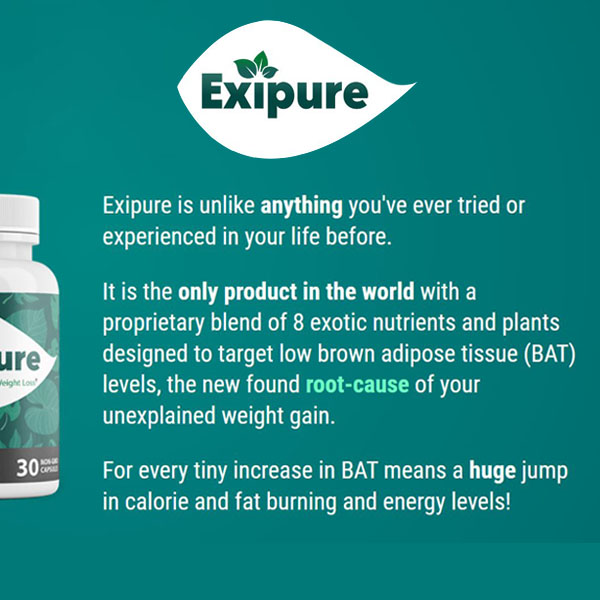
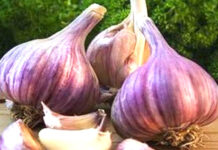
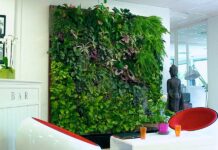


![Rose Names And All Rose Types – The Most Detailed Guide [2022] rose names](https://www.yardious.com/wp-content/uploads/2018/05/rose-names-100x70.jpg)











